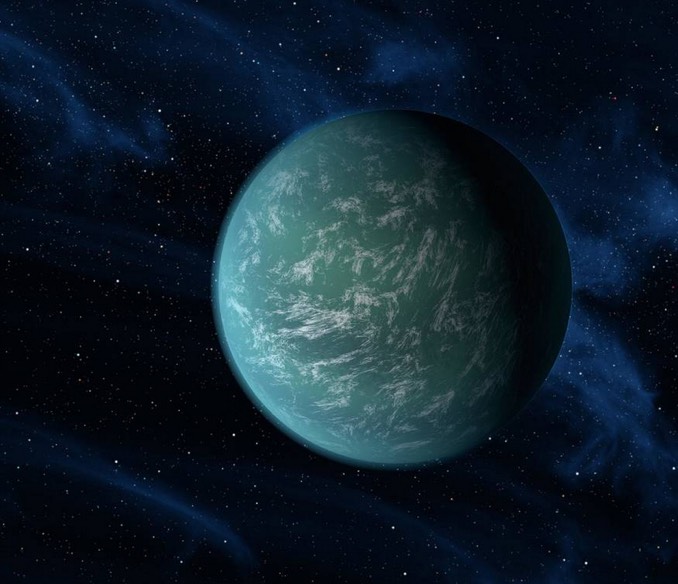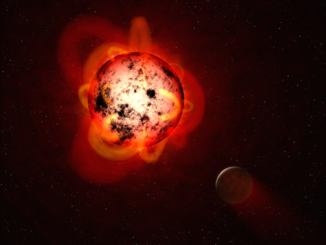
Exoplanets are now known to be commonplace in the Milky Way, prompting on-going searches for Earth-like worlds orbiting their suns at distances allowing liquid water to exist on their surface, a key marker for potentially habitable worlds.
But more than liquid water is needed, at least for life as it is known on Earth.
“At first scientists focused on temperatures, looking for exoplanets in the ‘Goldilocks zone’ — neither too close, nor too far from the star, where liquid water could exist,” said Natalie Hinkel, a planetary astrophysicist at the Southwest Research Institute in San Antonio, Texas. “But the definition of habitability is evolving beyond liquid water and a cozy temperature.”
The molecular building blocks of life – carbon, hydrogen, nitrogen, oxygen and phosphorus – also are necessary along with iron, silicon and magnesium in a rocky crust. A protective atmosphere is a necessity as are active geochemical cycles.
With current technology, “we can’t measure the composition of an exoplanet’s surface, much less its interior,” Hinkel said. “But we can measure the abundance of elements in a star spectroscopically, studying how light interacts with the elements in a star’s upper layers. Using these data, scientists can infer what a star’s orbiting planets are made of, using stellar composition as a proxy for its planets.”
Hinkel has built a publicly available database known as the Hypatia Catalog listing thousands of stars and hundreds of potential solar systems that have been observed over the past 35 years. It includes chemical abundance data on more than 6,000 stars within 500 light years of Earth and lists known stellar elements from hydrogen to lead. Some 365 stars with known exoplanets are included.
Hinkel described the new database in an article titled “Big Data on Exoplanet Composition” in the September-October issue of American Scientist.
“My main goal is to study the chemistry of stars relatively near the Sun,” she writes. “The catalog offers a way to compare the elemental variations between different stars and to understand the relationships between stellar populations in the Milky Way. Hypatia also offers an unprecedented opportunity for exoplanetary research. Using the wealth of chemical information in the catalog, we can investigate critical questions regarding habitability.”
She adds that as the catalog grows, it will become increasingly valuable to researchers.
“Soon it may be possible to apply an algorithm similar to the one Netflix uses to predict which movies you may enjoy based on your past taste—but instead it will predict which stars are likely to host an undetected planet, perhaps even a habitable one.”



